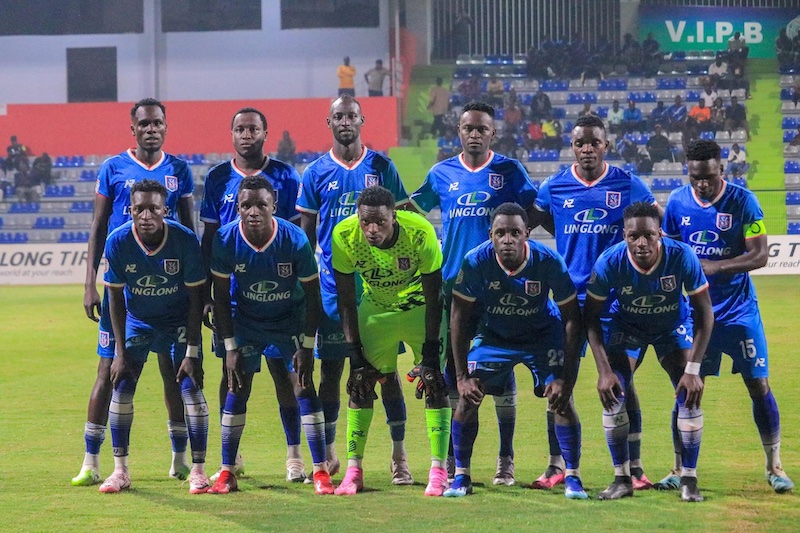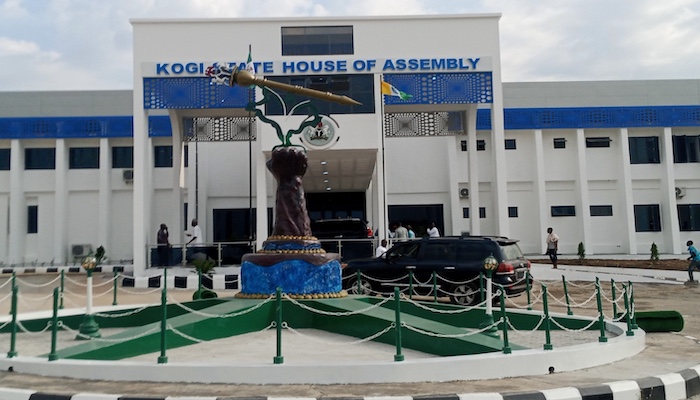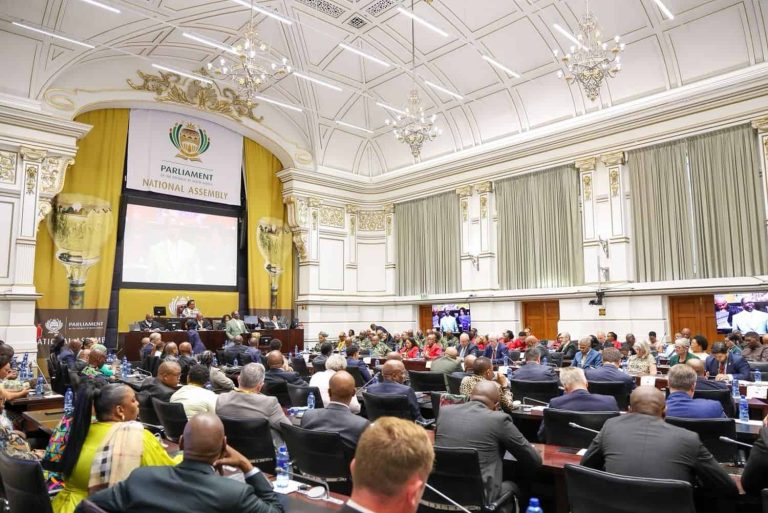
It is nearly three years since a windfall of Shs 7 billion from the Uganda National Roads Authority (Unra) landed in SC Villa coffers. But what do we have to show for it?
A deafening silence under the gaze of its very owners, the fans. The money was meant to be a lifeline but it is probably still stuck on the club’s bank account. Let us be clear: this is not an attack on club president Omar Ahmed Mandela’s dedication.
His love for Villa is not in doubt. But love is not a strategy. The club can no longer be run as a personal project. What Villa needs now is not a sole ruler, but a leader who builds institutions.
The root of this stagnation is visible for all to see: a tired, aged board that is utterly out of its depth. A board chaired by Gerald Sendaula, a man over 80 years of age, cannot possibly resonate with the dynamic, commercial and digital demands of modern football.
This is not an indictment of his service, but a stark reality check. Football has evolved. Gone are the days when the Villa boardroom was fortified by giants like Balamaze Lwanga, Faison Ddamulira, Andrew Kasagga and Kevin Aliro, among others.
They were a team, a collection of minds that complemented each other and challenged one another for the club’s betterment. Today, the board seems to be composed of yes-men, whose primary role is to echo, not to question.
There is no doubt that as much as Vipers may be dominat- ing domestic football, a strong SC Villa is the face of Ugandan football. Its current weakened state has a negative trickle-down effect on the entire league and, most crucially, on the millions of fans who have always put Villa’s interests first.
This cannot continue. So, it is not enough to criticize; we must prescribe the cure. The Shs 7bn must not be allowed to gather dust. Hajji must demonstrate his true leadership by initiating an immediate and voluntary overhaul of the board.
We need an injection of young, dynamic and professionally diverse blood— marketers, financiers, digital experts and legal minds who live and breathe the modern game. The board’s role is to create policy and provide oversight, not to rubber-stamp decisions.
Meanwhile, the culture of secrecy must end. The club owes its fans a detailed, public-facing investment plan for the Shs 7bn. This is the club’s money, paid for its historical home at Villa Park.
What’s more, why not embrace the community with a Villa Sacco? It may seem outlandish but this would be a masterstroke waiting to happen. For instance, membership could be tied to purchasing a seasonal ticket and an official jersey.
This does two things: it provides the club with a direct, recurring revenue stream and, more importantly, it gives fans a tangible stake in the club’s success. It transforms them from spectators into shareholders of the dream.
Unlike Vipers or KCCA, whose ownership has inherent limits, Villa is a community institution. This is its greatest strength. The club must leverage this by aggressively pursuing corporate partnerships, stadium naming rights [for our future home], and merchandising that connects with the ordinary fan.
So, the time for silence is over. And the administration must have the humility to listen. That Shs 7bn is not just money; it is the last, best hope for a sleeping giant. It is a test of whether SC Villa will stride into the future as a modern, community-owned powerhouse, or fade into oblivion.
The choice is theirs, but the club belongs to us all. The author is a football investor and Villa President emeritus.



